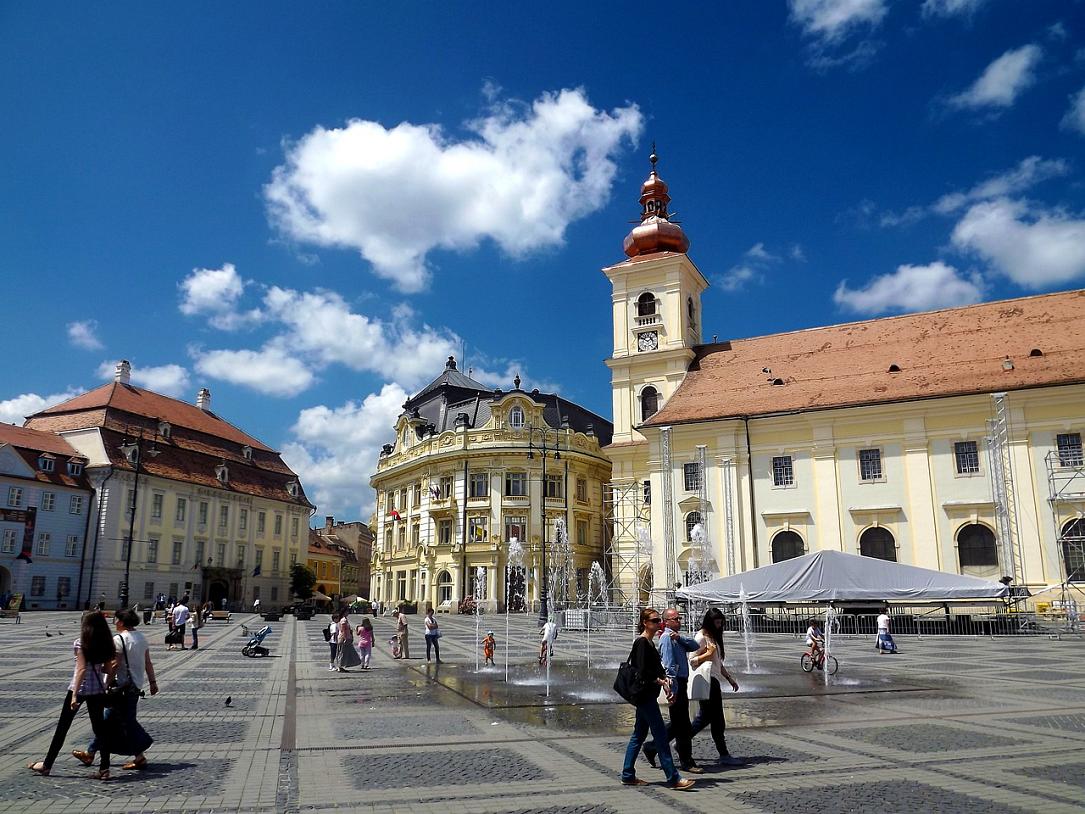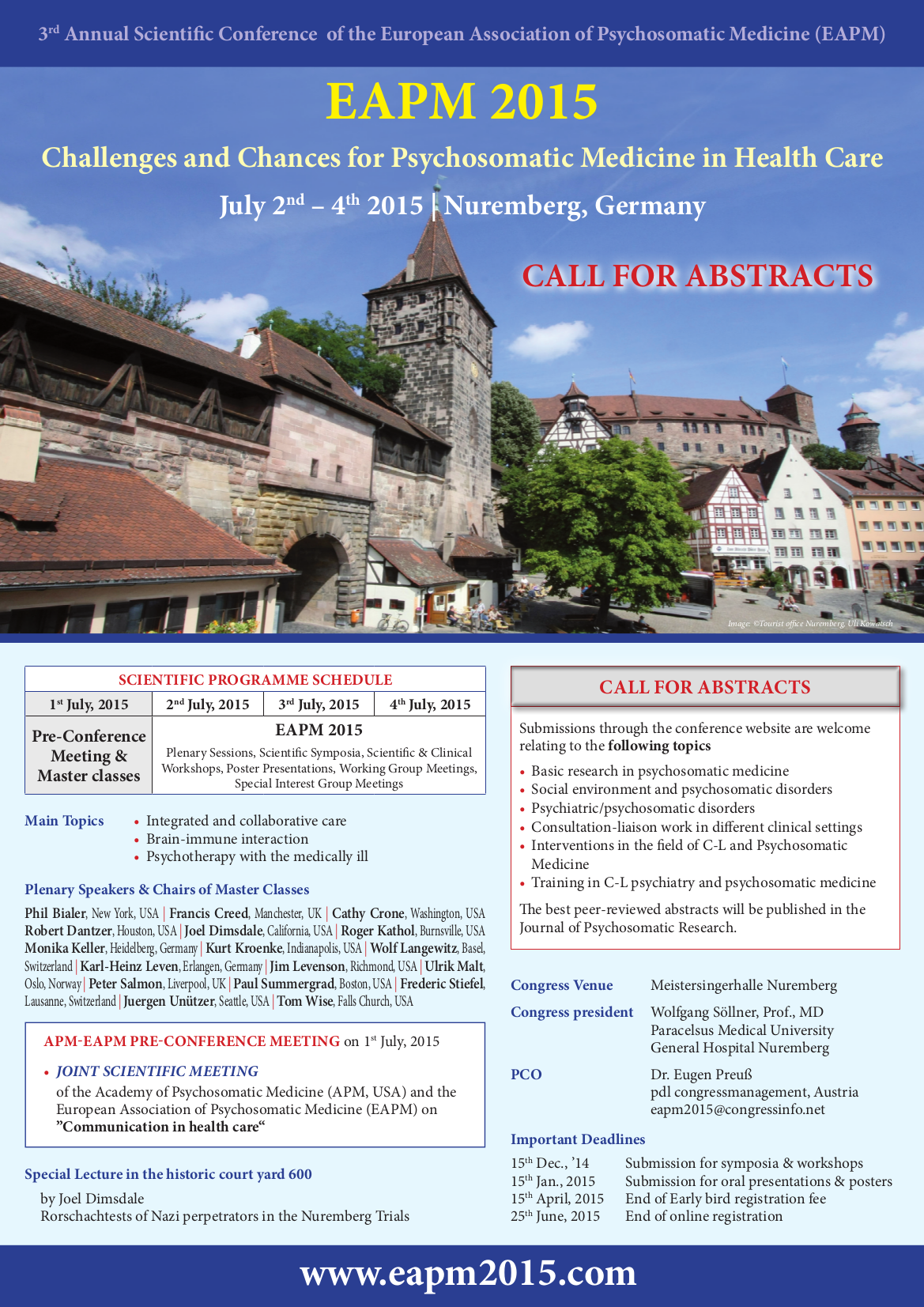Nürnberg Sibiu
S ign in to see your search history on different browsers and computers. Your search history is. Google allows users to search the Web for images, news, products, video, and other content. The latest tweets from @n.
Toriyama Sekien (鳥山 石燕, 1712 – September 22, 1788) is the pen-name of Sano Toyofusa, an 18th-century scholar, kyōka poet, and ukiyo-e artist of Japanese folklore. Born to a family of high-ranking servants to the Tokugawa shogunate, he was trained by Kanō school artists Kanō Gyokuen and Kanō Chikanobu, although he was never officially recognized as a Kanō school painter.[1]
Art career[edit]
After retiring from service to the shogunate, he became a teacher to numerous apprentices in poetry and painting. He was among the first to apply Kanō techniques to ukiyo-e printmaking, inventing key new techniques along the way, such as fuki-bokashi, which allowed for replicating color gradations.[2] Most famously, he was the teacher of Kitagawa Utamaro and Utagawa Toyoharu.[3]

Sekien is best known for his mass-produced illustrated books of yōkai that had appeared in Hyakki Yagyō monster parade scrolls. The first book proved popular enough to spawn three sequels, the last of which features yōkai mainly out of Sekien's imagination. Although sometimes described as a 'demonologist,' his work is better described as a literary parody of encyclopedias such as the Japanese Wakan Sansai Zue or the Chinese Classic of Mountains and Seas, which were popular in Japan at the time.[4] His portrayals of these creatures from folklore essentially established their visual portrayals in the public's mind and deeply inspired other Japanese artists in his own and later eras, including ukiyo-e artists Tsukioka Yoshitoshi, Kawanabe Kyōsai, and manga artist Mizuki Shigeru.[5]
Notable works[edit]
- Toriyamabiko (鳥山彦, published in 1773)
- Sekien's Picture Album (石燕画譜, published in 1774)
- The Illustrated Demon Horde's Night Parade (画図百鬼夜行, published in 1776)
- The Illustrated Demon Horde from Past and Present, Continued (今昔画図続百鬼, published in 1779)
- More of the Demon Horde from Past and Present (今昔百鬼拾遺, published in 1780)
- A Horde of Haunted Housewares (画図百鬼徒然袋, published in 1784)
References[edit]
- ^Davis, Julie (2015). Partners in Print: Artistic Collaboration and the Ukiyo-e Market. University of Hawaii Press. p. 25. ISBN978-0-8248-3938-3.
- ^Davis, Julie (2007). Utamaro and the Spectacle of Beauty. University of Hawaii Press. p. 33. ISBN978-0-8248-3199-8.
- ^Yoda, Hiroko; Alt, Matt (2017). Japandemonium Illustrated: The Yokai Encyclopedias of Toriyama Sekien. Dover Publications. p. vii. ISBN978-0-4868-0035-6.
- ^Yoda, Hiroko; Alt, Matt (2017). Japandemonium Illustrated: The Yokai Encyclopedias of Toriyama Sekien. Dover Publications. pp. viii–ix. ISBN978-0-4868-0035-6.
- ^Yoda, Hiroko; Alt, Matt (2017). Japandemonium Illustrated: The Yokai Encyclopedias of Toriyama Sekien. Dover Publications. p. ix. ISBN978-0-4868-0035-6.
External links[edit]
- Toriyamabiko, a copy of his first book, in the collection of the Museum of Fine Arts, Boston
- Bridge of dreams: the Mary Griggs Burke collection of Japanese art, a catalog from The Metropolitan Museum of Art Libraries (fully available online as PDF), which contains material on Toriyama Sekien (see index)
| Wikimedia Commons has media related to Toriyama Sekien. |
Here is some additional information for locals visiting Montaña de Oro State Park:
What is open now?
- Pecho Valley Road and turnouts (open from Los Osos Valley Road to Coon Creek parking lot).
- Bluff Trail, Sandspit, Hazard Peak, Spooner’s Cove, Valencia Peak and Coon Creek parking lots.
- Spooner’s Cove
- Pecho Valley Road and turnouts (closed from the Bluff Trail parking lot to Point Buchon).
What is currently closed at this park?

 Closed at this park:
Closed at this park: - Islay Creek campground
- Environmental campsites
- Horse Camp
- Spooner Ranch House
- Many campgrounds across the state remain temporarily closed until further notice or will be temporarily closed in accordance with the new Regional Stay at Home Order. More information here.
- High public-use indoor facilities, including museums and visitor centers.
- Special events and tours continue to be canceled until further notice.
Are there any new visitor guidelines?
Yes, State Parks has implemented the following guidelines to reduce the risk of exposure to COVID-19 in the outdoors:
- Stay Local –Stay close to home to slow the spread of COVID-19. Do not travel if you or someone in your household is sick.
- Plan Ahead – The COVID-19 pandemic response continues to be dynamic and fluid. As such, information on this webpage may change. Prior to visiting us, please check this webpage again right before you visit the park to find out if new guidelines are in place.
- Stay Safer at 6 feet – No matter the recreational activity, maintain a physical distance of 6 feet or more. Your guests should only include those within your immediate household. This means no guests or friends, and no gatherings, picnics or parties. Visitors are being asked to leave if there are too many people to allow for the required physical distance.
- Boating: Do not raft up to other boaters or pull up onto a beach next to other recreators.
- Off-highway Vehicle Recreation:Do not ride next to others or pull up next to someone else as it could put you in close proximity to others. Stage 10 feet or more from each other during unloading and loading.
- Keep Clean – Be prepared. Not all restrooms are open to the public. in some cases, restrooms will be temporarily closed to keep up with cleaning schedules. Bring soap/hand sanitizer. Please pack out all trash. Park units are experiencing heavy use and you can help alleviate the impact on park facilities.
- Stay Covered – The state requires you wear a face covering when you cannot maintain physical distancing of six feet or more. Individuals must have a face covering with them at all times.
Nurnberg Sibiu Avion
Statewide, California State Parks continues to work with locals on a phased and regionally driven approach to increase access to state park units where compliance with state and local public health ordinances can be achieved. However, the situation remains fluid and park operations can change at any time. The need for Californians to slow the spread of COVID-19 in the outdoors remains critical.
N Word Pass
